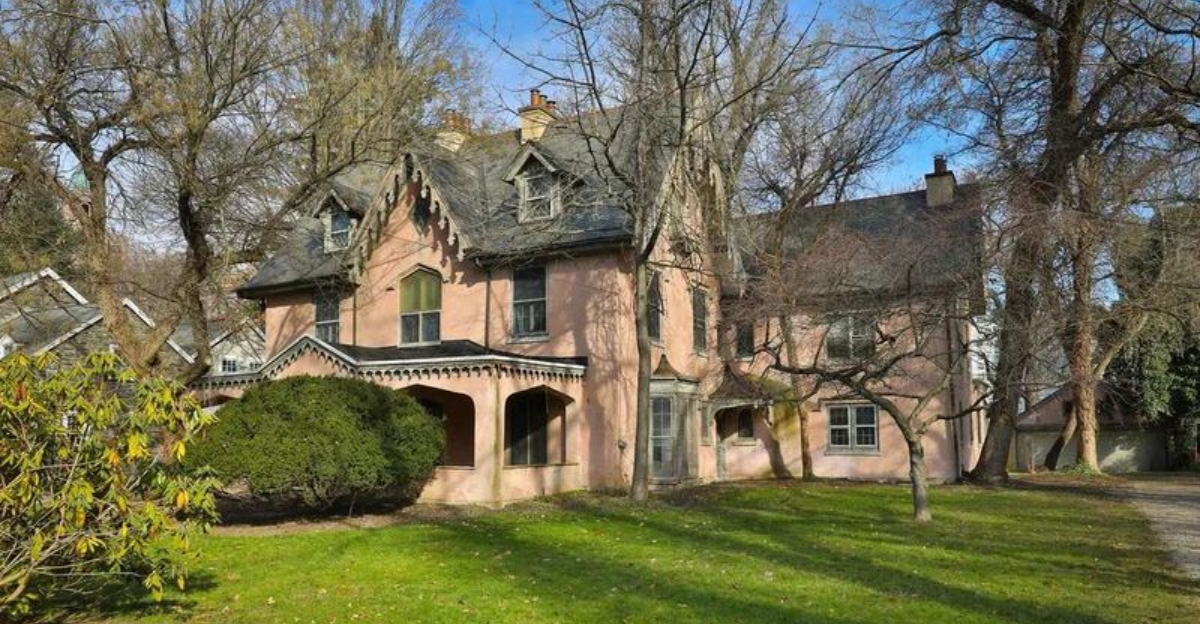Built to impress. Left to decay. Still refuses to be ignored. Across America, once-magnificent Italian Renaissance mansions stand like ghosts of Gilded Age splendor, their marble columns and ornate facades slowly surrendering to time.
Once a showpiece, now a silent relic wearing dust like jewelry. Behind boarded windows and crumbling balustrades, forgotten ballrooms whisper tales of champagne-soaked nights and fortunes made in steel, railroads, and forbidden spirits.
1. Villa Carlotta’s Forgotten Glory
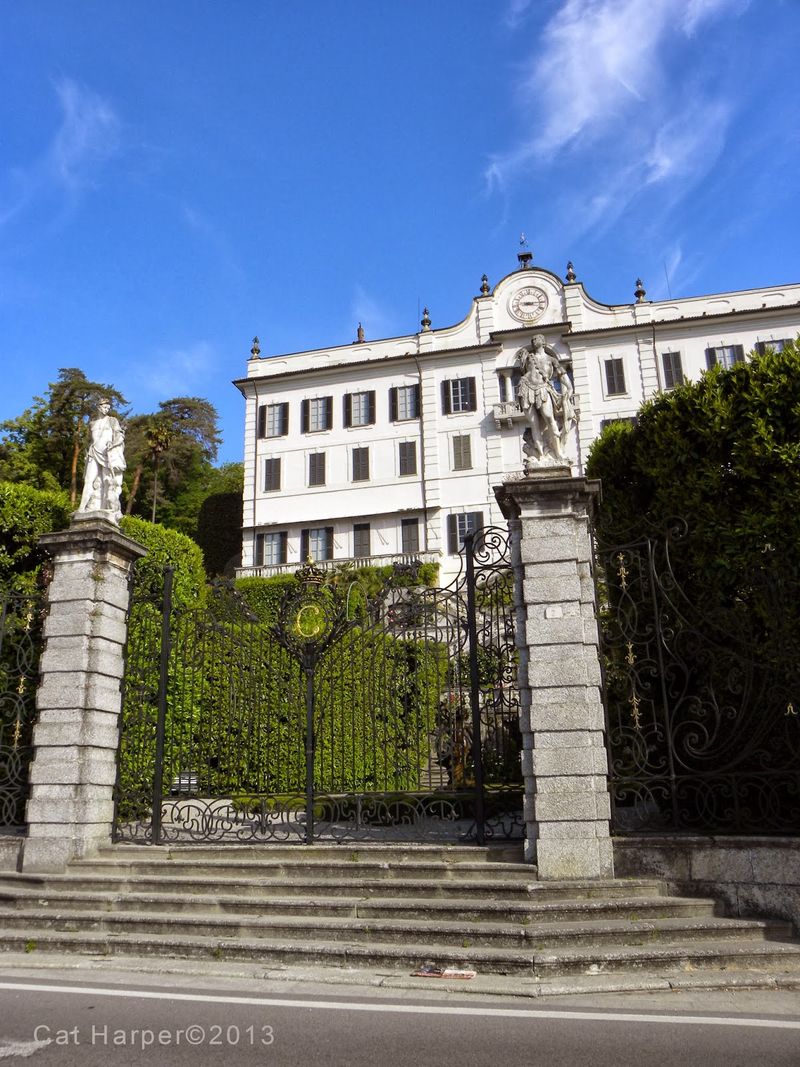
Marble lions guard empty halls where oil barons once clinked crystal glasses. Carved cherubs peek through tangled ivy, witnessing decades of neglect since banking heir Anthony Roswell abandoned ship after the 1929 crash.
Symmetrical wings spread like frozen butterfly wings, housing 22 bedrooms where no one has slept in generations. Cracked frescoes depicting Roman myths fade slowly on vaulted ceilings while pigeons roost in Corinthian columns.
2. Palazzo Bellini’s Shattered Dreams
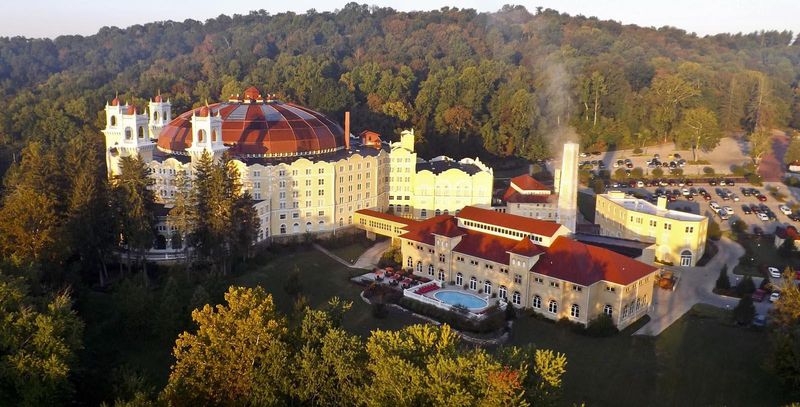
Commissioned by railroad tycoon Frederick Bellini in 1897, construction halted abruptly when scandal sent him fleeing to Europe. Half-finished grandeur stands frozen in time—ornate plasterwork stops mid-ceiling, imported Carrara marble staircase leads nowhere.
Local legends claim workers heard phantom hammering for decades after abandonment. Copper dome turned verdigris green watches over Rhode Island coastline, a landmark for sailors and urban explorers alike, while terracotta roof tiles scatter like autumn leaves.
3. Rosewood Manor’s Whispered Secrets
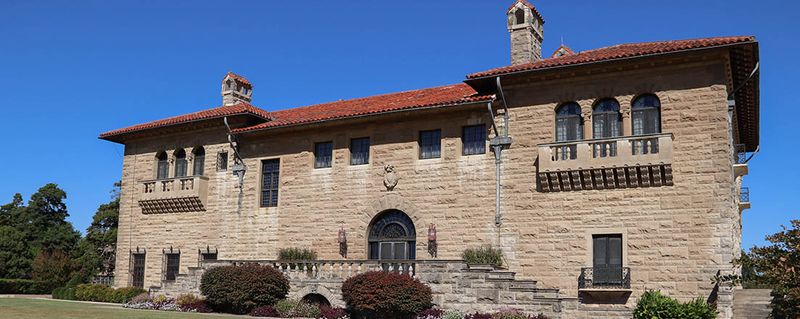
Champagne-colored limestone walls rise from Kentucky bluegrass like a misplaced Florentine dream. Built by bourbon king Maxwell Rosewood for his Italian bride who died before seeing completion.
Ballroom floors still bear scuff marks from a single lavish party held in 1922. Loggia overlooking formal gardens now hosts saplings pushing through marble tiles. Curved twin staircases embrace a fountain where copper nymphs dance eternally, green-tinged fingers reaching toward nothing.
4. Montebello’s Crumbling Majesty
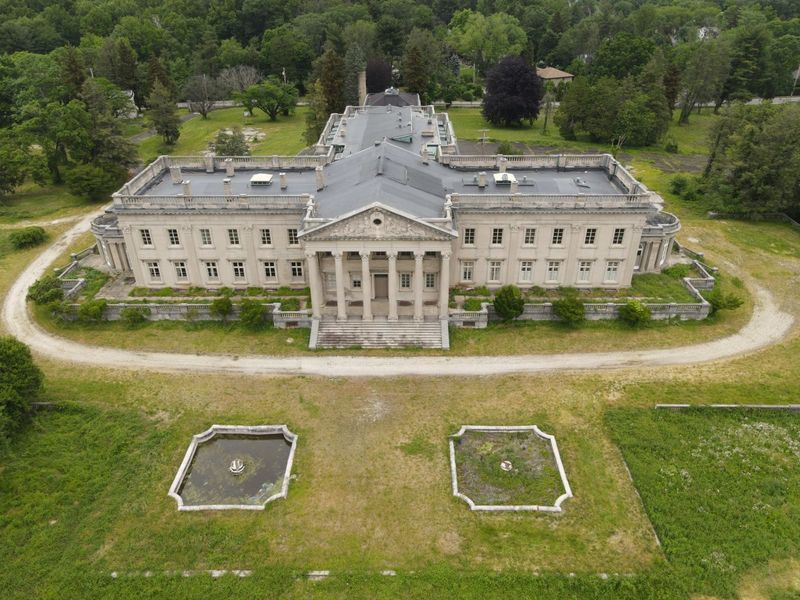
Tobacco fortune built Montebello’s 42 rooms near Virginia’s rolling hills. Symmetrical façade mimics Florence’s Pitti Palace—a brazen statement from a family who never visited Italy.
Coffered ceilings collapsed after pipes burst during winter 1978, revealing hidden compartments rumored to have sheltered bootleg liquor. Elaborate wrought-iron balconies cling desperately to sandstone walls. Grand salon still houses a dusty Steinway where no melody has played since Kennedy was president.
5. Kingsley Palazzo’s Defiant Stand
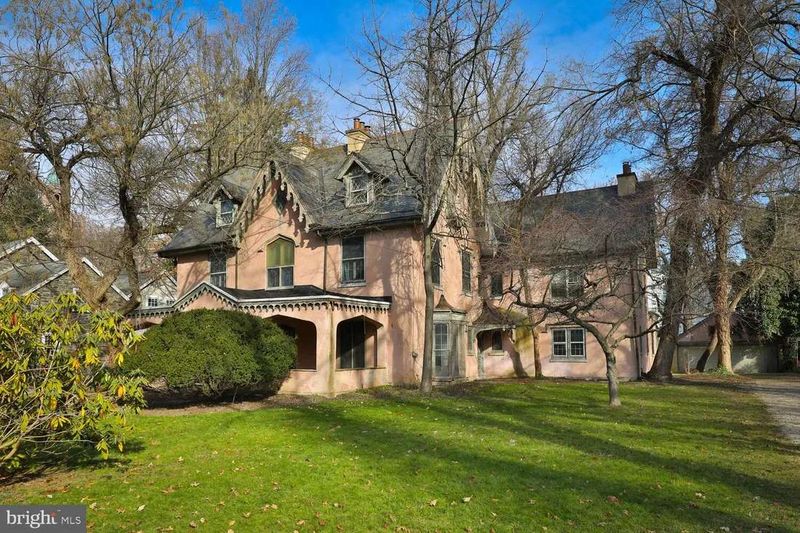
Rising from Pennsylvania coal country, red brick splendor built by immigrant-turned-magnate Antonio Kingsley stands oddly intact. Ornate grotesques leer from rooflines while hand-painted ceiling murals depicting Medici triumphs remain vibrant despite leaking roof.
Front doors—massive cypress imported from Venice—still swing on original hinges. Underground wine cellar accidentally discovered by teenagers in 2003 revealed hundreds of pre-Prohibition bottles. Formal dining room table remains set for twelve, plates gathering decades of dust.
6. The Vandermeer Folly
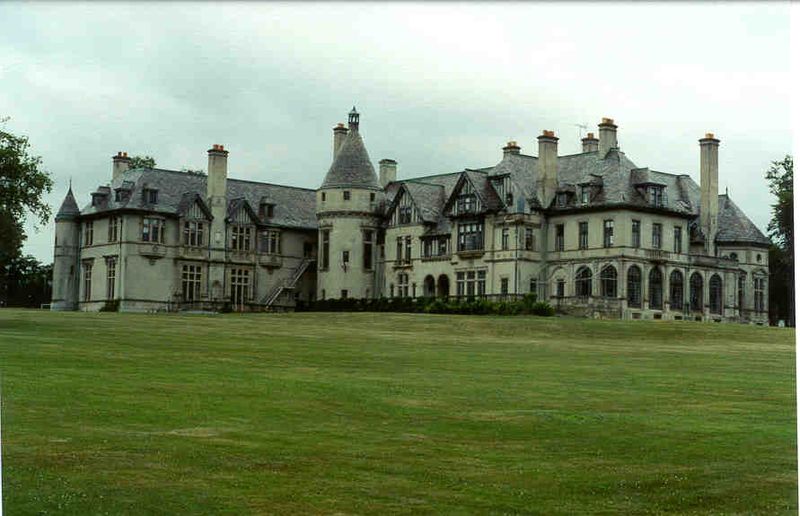
Cattle baron Jonas Vandermeer demanded architects combine Villa Medici and Palazzo Vecchio elements, creating architectural chaos across five acres of Texas prairie. Construction costs bankrupted him before interior completion.
Empty arched windows frame perfect views of nowhere. Grand entrance hall features imported pink marble columns supporting nothing—roof never installed. Stables built for prized horses became Depression-era housing before abandonment.
Wind howls through unfinished chambers like ghostly opera.
7. Winthrop Hall’s Faded Opulence
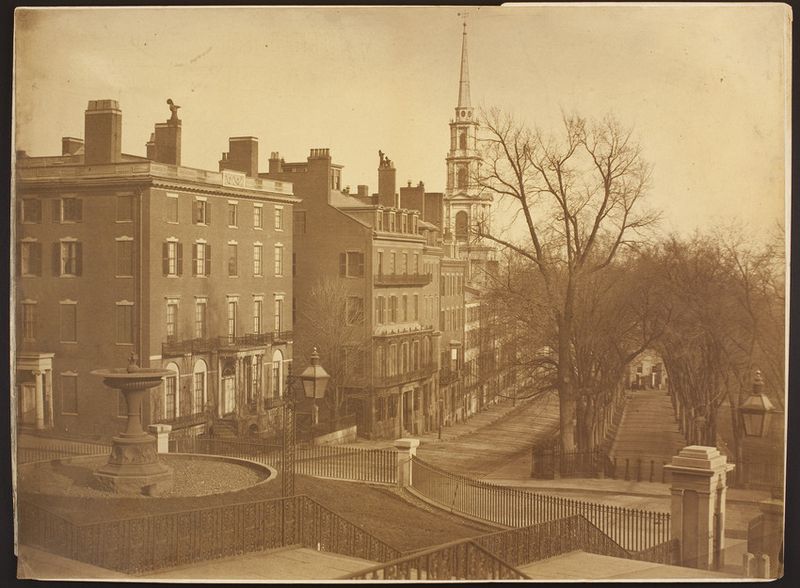
Banking fortune financed Massachusetts masterpiece where presidents dined and royalty slept. Abandoned after family line ended in 1968. Ornate plasterwork crumbles onto herringbone-patterned marble floors imported from Siena.
Library shelves stand empty except for leather-bound ledgers too heavy for looters. Conservatory glass roof shattered during 1991 hurricane, allowing maple tree to grow through Steinway grand piano. Servant quarters remain eerily intact—beds made as if staff might return from day off.
8. Castello di Bronzo’s Copper Crown
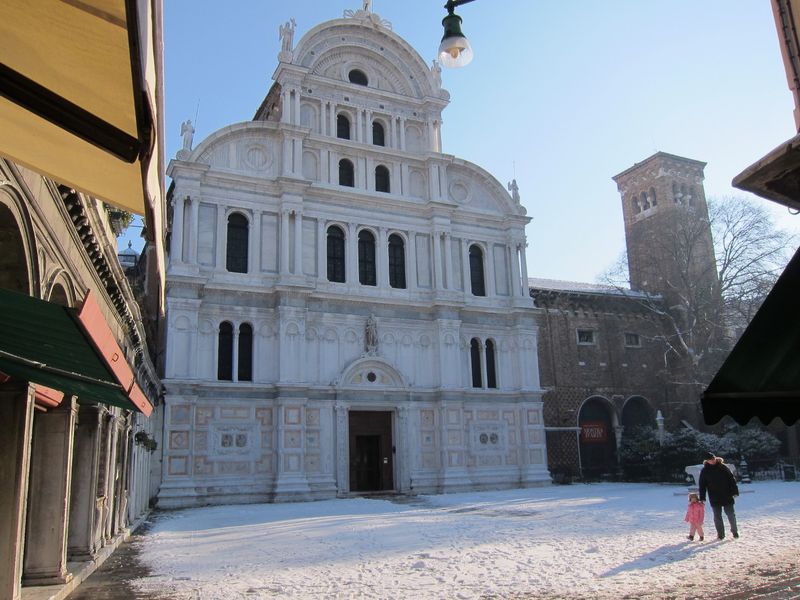
Copper mining magnate erected San Francisco landmark in 1908, naming it for source of wealth. Survived 1989 earthquake that claimed neighboring structures but not family fortune collapse years earlier.
Signature copper dome houses observatory where stars once entertained Gatsby-era celebrities. Basement holds Olympic-sized swimming pool—blue tile mosaic of Neptune riding seahorses still vibrant underwater. Carved stone dolphins spout nothing from courtyard fountain where champagne allegedly flowed during Prohibition parties.
9. Palazzo di Marmo’s Marble Dreams
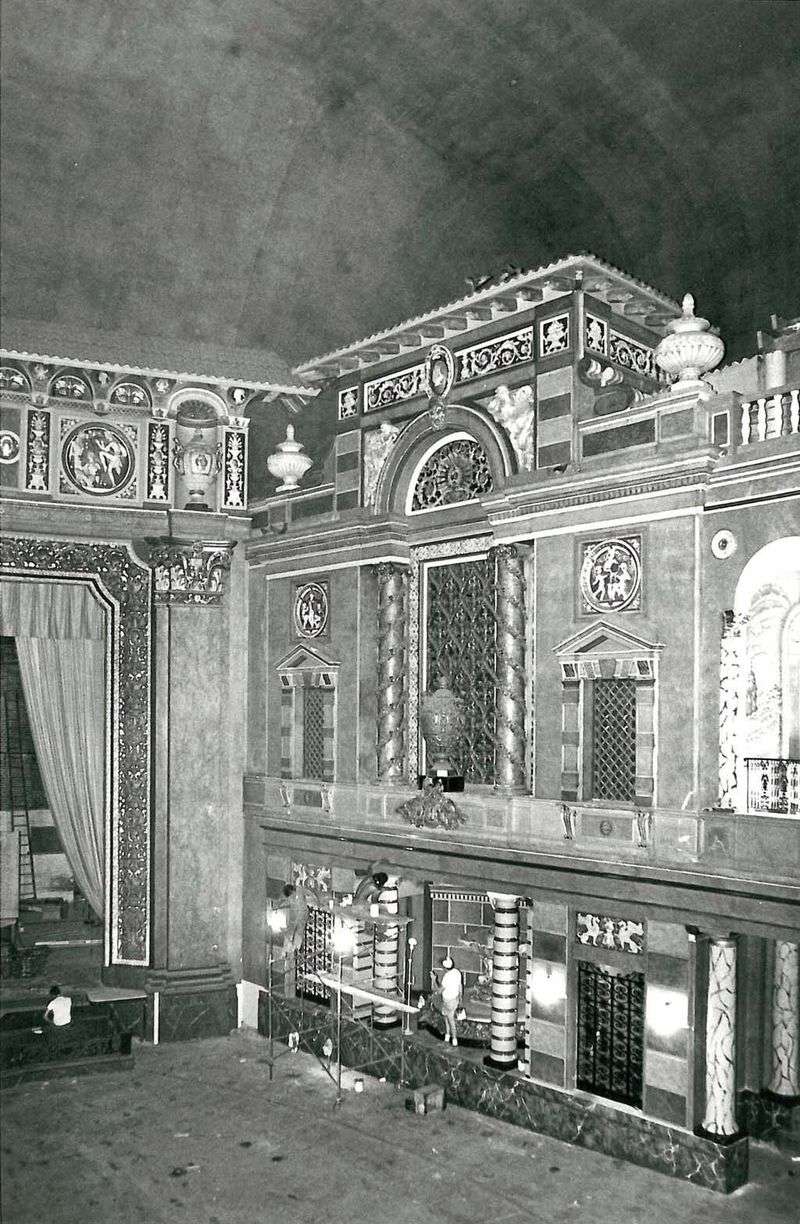
Every surface gleams with marble—floors, walls, even ceilings bear weight of quarried Italian stone. New Orleans heat cracks through imported luxury, creating spider-web patterns across once-perfect surfaces.
Built by cotton king Giuseppe Lazzaro in 1887, abandoned after Hurricane Katrina flooded lower floors. Spiral staircase carved from single massive marble block defies modern engineering understanding. Garden statues depicting four seasons wear Mardi Gras beads thrown by passing revelers.
10. Ravencrest’s Broken Wings
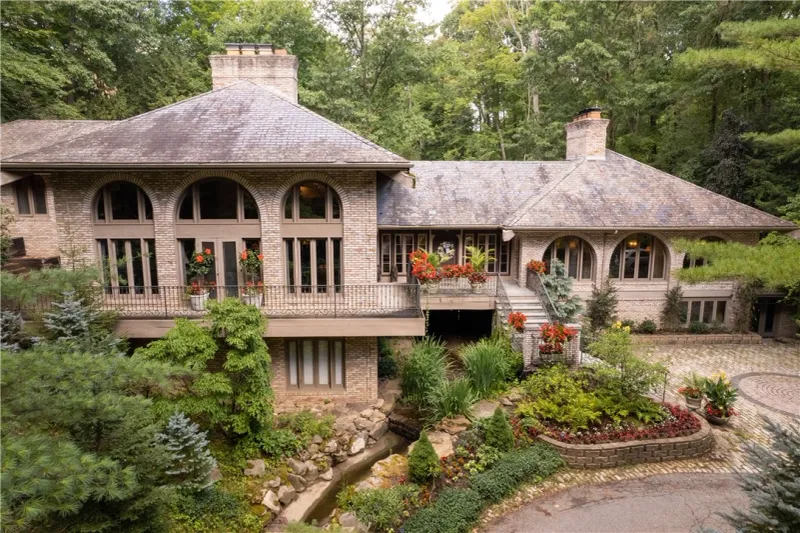
Automotive pioneer Raymond Ravencrest commissioned mirror-image wings stretching from central rotunda. Each family member enjoyed private apartment with identical dimensions—architectural democracy from industrial autocrat.
Ornate balustrades crumble onto Michigan winter snow. Elaborate mosaic floor in grand hall depicts automotive history—from horse-drawn carriage to Model T. Conservatory glass walls shattered, allowing forest to reclaim space once housing exotic orchid collection.
Carved ravens watch from every cornerstone.
11. Villa Rosa’s Blushing Walls
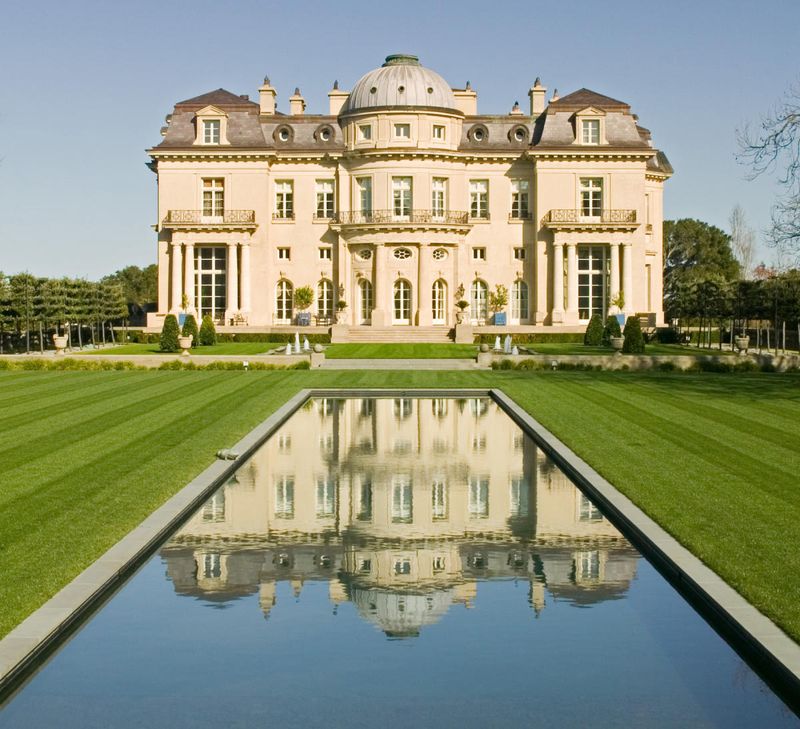
Pink-tinted stucco exterior earned nickname before original name faded from memory. Shipping magnate commissioned replica of childhood Tuscany home, importing craftsmen for authentic details never appreciated by Chicago society who found it gauche.
Abandoned after family scandal involving Prohibition rum-running. Hand-painted ceiling murals depicting maritime scenes fade beneath water damage. Marble columns flanking entrance hall remain perfectly aligned despite foundation shifts.
Carved wooden cherubs guard empty wine cellar.
12. Silverstone Manor’s Tarnished Legacy
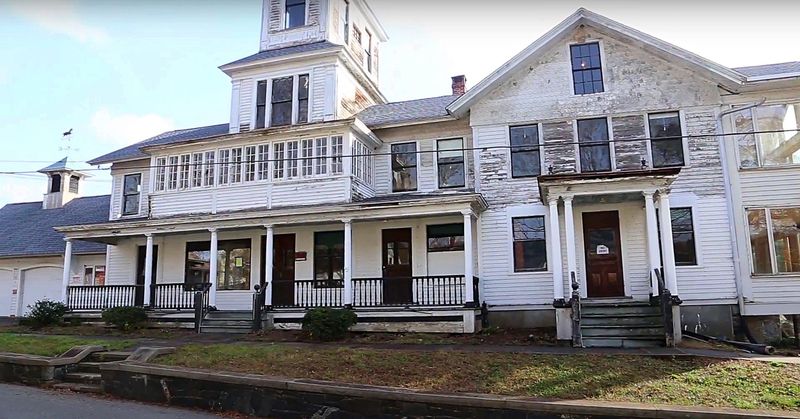
Silver mining fortune built Colorado mountain retreat where European royalty vacationed before World War I. Abandoned after 1918 influenza claimed entire family.
Snow drifts through broken leaded-glass windows, piling against library shelves still lined with leather-bound first editions. Massive stone fireplaces occupy each room, never again to warm spaces where servants outnumbered family members ten-to-one.
Loggia overlooking Rocky Mountains frames perfect views through collapsed roof.
13. Palazzo del Mare’s Ocean Watch
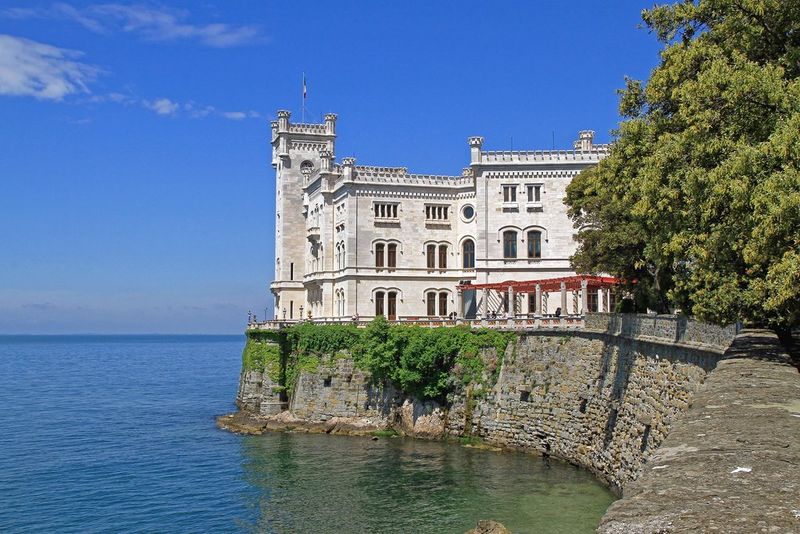
Rhode Island clifftop mansion stares defiantly at Atlantic waves eroding foundation below. Shipping magnate Bartholomew Price built storm-watching tower where family gathered during squalls.
Abandoned after fortune sank with luxury liner in 1936. Saltwater corrodes ornate iron balconies that once hosted Newport society’s finest. Compass rose inlaid in marble foyer points directions nobody follows anymore.
Lighthouse-inspired cupola houses chandelier where shattered crystal catches sunrise like frozen rainbows.
14. Giardino Segreto’s Hidden Splendor
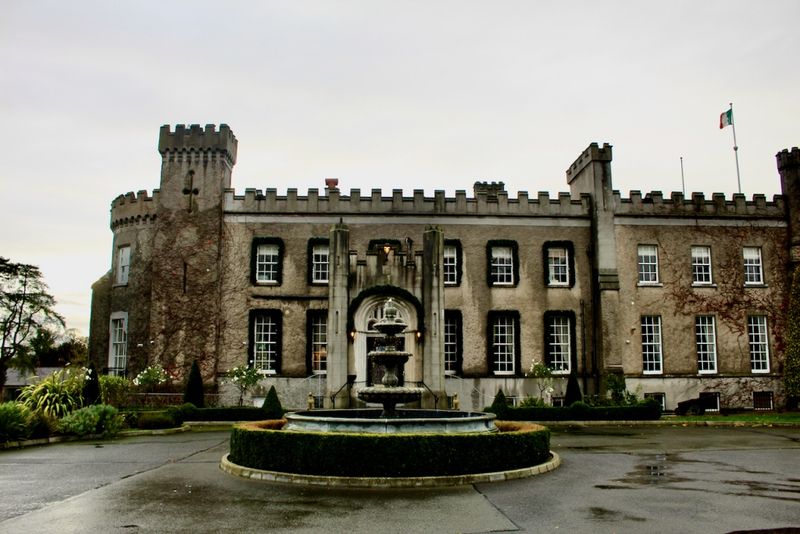
Walled gardens surround Georgia mansion built by cotton baron obsessed with Boboli Gardens. Fountains dry since Depression still frame paths leading nowhere. Statuary peers through overgrowth—classical figures playing eternal games of hide-and-seek with visitors who never come.
Interior boasts America’s largest collection of trompe l’oeil wall paintings—creating illusions of additional rooms and windows. Ceilings painted as sky complete with clouds and birds frozen mid-flight. Marble bathtubs carved as seashells gather leaves instead of bathwater.
15. La Corona’s Fallen Crown
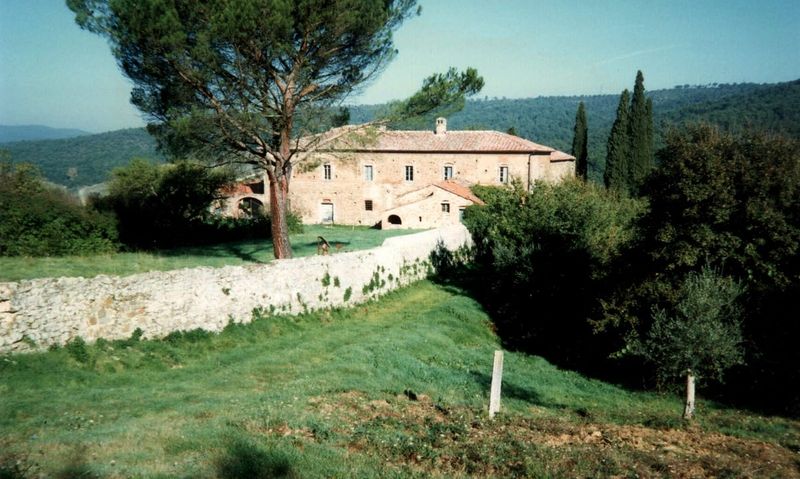
Crown-shaped layout visible only from above—five pointed structures radiating from central dome. California wine country mansion commissioned by Prohibition-era bootlegger masquerading as legitimate vintner.
Secret passages designed for hiding illegal spirits now shelter wildlife. Marble ballroom floor features zodiac inlay mapping stars on night owner was born. Kitchen still houses industrial-sized equipment for bottling operations disguised as legitimate wine production.
Circular library shelves stand empty—books sold to pay tax debts.

